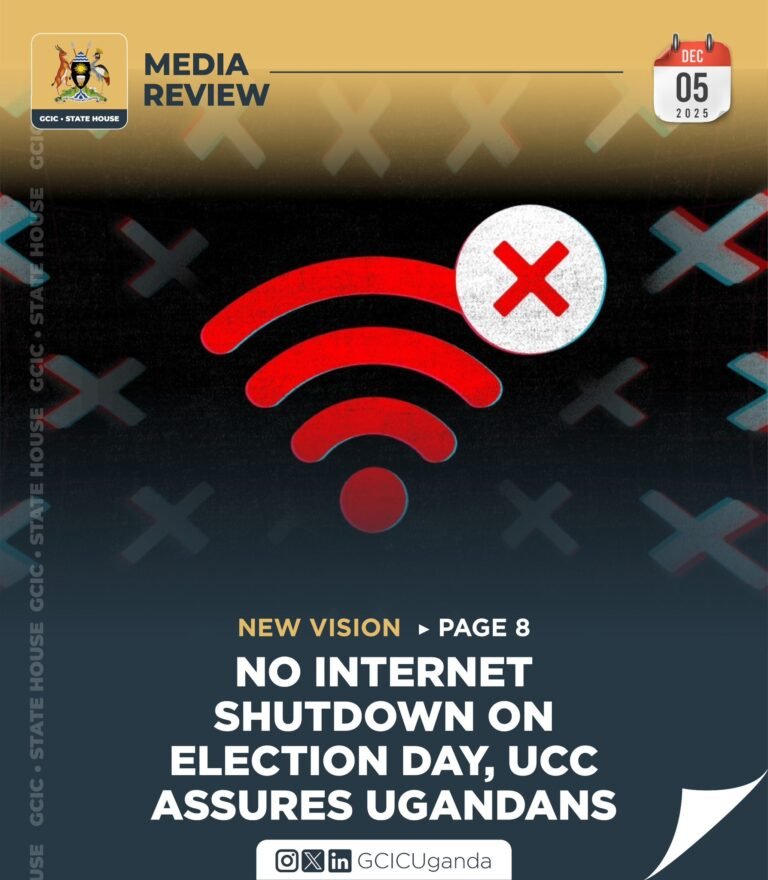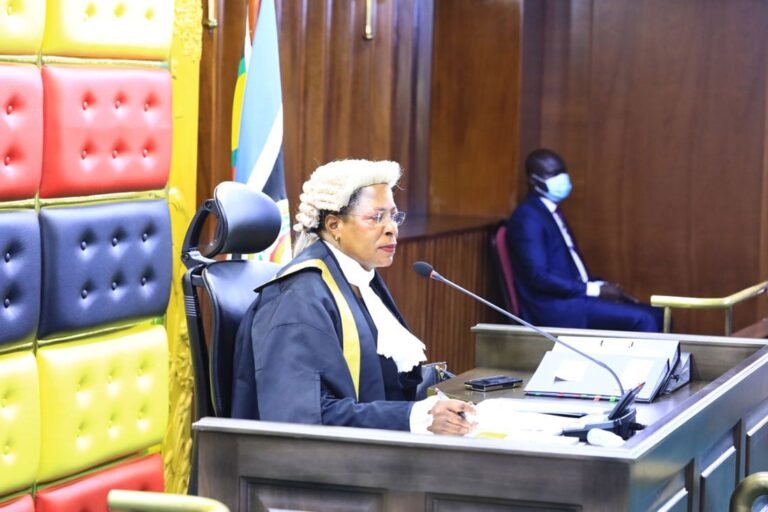
Tanzanian Man’s Six Returns from Death Spark Isolation and Speculation
DAR ES SALAAM, TANZANIA—Ismail Azizi, 41, has been declared medically dead six times since 2010, only to revive under circumstances that defy scientific explanation. His repeated returns from the grave have transformed his life into a tale of medical mystery, supernatural fear, and profound loneliness—with some now speculating about links to Ugandan spiritual claims.
The Six Deaths and Revivals
According to a recent Afrimax documentary, Azizi’s first “death” followed a workplace accident. Pronounced dead, he awoke in a morgue, walked out, and terrified relatives who fled, believing him a ghost . Subsequent incidents include:
- Malaria Death: Woke in a coffin during his funeral .
- Car Crash: Revived after doctors declared him dead .
- Snakebite: Spent three days in a morgue before awakening .
- Pit Fall: Presumed dead after rescue, then revived .
- House Arson: Villagers burned his home, accusing him of witchcraft. He succumbed to smoke inhalation—only to awaken in the morgue again .
A Life Marked by Fear and Isolation
Azizi’s survival has exacted a heavy social cost:
- Community Rejection: Neighbors and employers shun him, labeling him “cursed” or “immortal” despite his peaceful demeanor .
- Family Abandonment: Relatives distanced themselves, fueled by rumors of witchcraft. An eyewitness recounted, “Everyone ran… It was terrifying to see someone dead return” .
- Economic Struggle: He now lives alone in a dilapidated house, surviving through subsistence farming .
Table: Azizi’s Documented Near-Death Experiences
| Incident | Declared Dead For | Community Reaction |
|---|---|---|
| Workplace Accident | Hours | Family fled, fearing a ghost |
| Severe Malaria | Hours | Funeral halted mid-ceremony |
| Snakebite | 3 days | Morgue staff shocked |
| House Burning | Days | Villagers attempted to kill him |
The “Aidah Connection”: Speculation Without Evidence
Online discussions have questioned if Azizi is linked to Aidah Nakasujjah, a Ugandan woman who claims divine visions of heaven. Aidah’s teachings—documented in religious texts—emphasize heavenly roles and divine obedience . However:
- No Proven Ties: Neither sources nor Azizi mention Aidah. His experiences lack the celestial narratives she describes.
- Contrasting Contexts: Aidah’s accounts focus on spiritual revelation; Azizi’s ordeal involves physical trauma and societal rejection. Medical professionals remain baffled by his case, with no evidence linking it to mystical experiences .
The Human Cost of “Miracles”
For Azizi, survival is a burden. “People treat me as a witch,” he lamented in an interview. “I never asked for this” . While his story has drawn global attention, local stigma persists. Some villagers still attribute his revivals to dark magic, ignoring possible medical phenomena like latent comas or misdiagnosed death .
Expert Silence, Community Fear
No scientific institution has published findings on Azizi’s case. As traditional beliefs dominate his rural community, the line between miracle and curse blurs. “What happens is beyond their control,” Azizi advised, urging compassion . Yet his isolation endures—a stark reminder that some mysteries carry devastating human consequences.
This is a developing story. Follow for updates.








